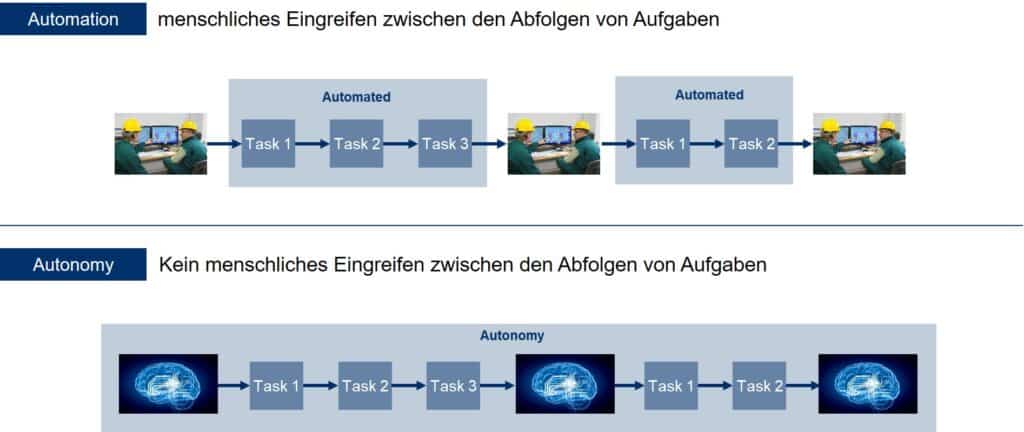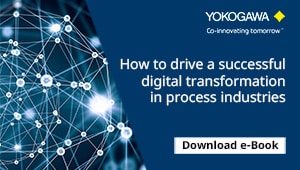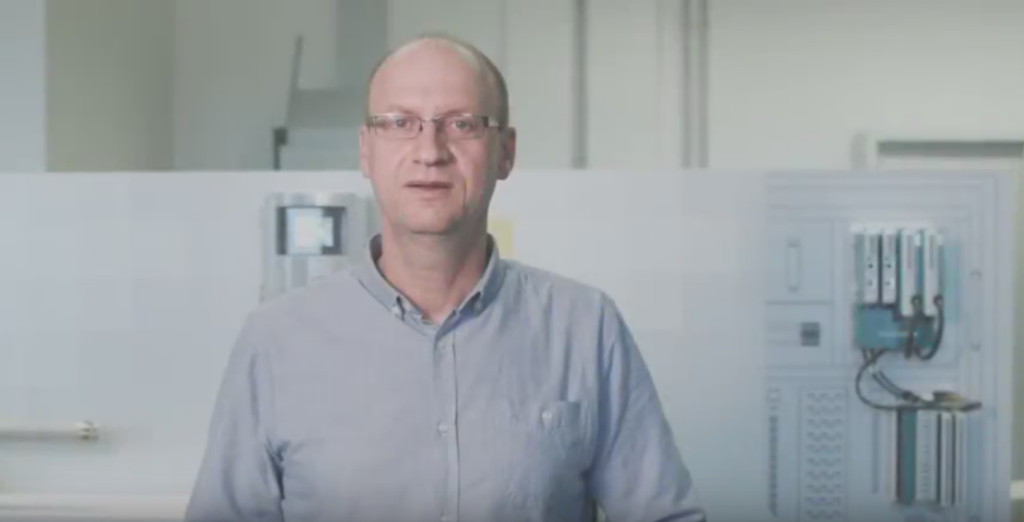The people of ancient Greece worshipped the goddess Automatia (“she who acts of her own will”). The Greeks at that time also established city-states (polis) with the claim of “autonomy” – in other words living as an independent entity.
Today – on the journey from industrial automation to industrial autonomy – we are drawing on the understanding that people already possessed in ancient times. Yet the question remains: will the process plant of today develop into an autonomous polis?
 Self-acting
Self-acting
While in ancient times it was “Automatia” as “the self-acting”, today automation is understood as a sequence of highly structured, pre-programmed tasks – each requiring human supervision and intervention.
In a typical automated application, an automation control system measures the actual state and makes adjustments. These are defined on the basis of human-programmed and unambiguous rules. A person monitors the system and makes changes. Thus, the system’s performance depends on the operator’s skills – and so human error or loss of knowledge cannot be excluded.
Even in an automated system in industry, process changes are made by humans. On the other hand, an autonomous system independently decides when to use which means to achieve the target – without human intervention in the respective decision.
Autonomous systems based on AI
Whether autonomous systems are simply the logical progression of automated systems is a subject of much debate among computer scientists, data scientists and engineers. Automation follows predetermined processes by deciding between clearly defined, predetermined possibilities. Even though this can be very complex, it is still far from self-determined action. In any case, an autonomous system is more than the sum of its parts: It executes programmed processes, it responds to sensor pulses. But it is also capable of adapting itself to changing experiences, in other words learning. This is the decisive step from automation to autonomous systems. This means the difference is not only to be found in the mode of operation. Rather, it already begins in the way the systems are engineered.
Every autonomous system is based on AI, artificial intelligence. Yet a ’system’s degree of autonomy is not only subject to the technical limitations of AI. Legal framework conditions and demands for data security also set corresponding limits.
Autonomy differs from automation in terms of some subtleties.
Higher added value
Of course, there will be different mixed states or levels of autonomy. And humans will have to be involved in the operation in the short and medium-term. People will work and interact with industrial automation and autonomous systems. However, their roles will change in the process. Eventually, they will take on higher value-added activities – utilising real-time production information to make better and faster decisions.
Yokogawa has defined autonomous operation as follows
Autonomous operation: Plant and operations have human-like learning and adaptive capabilities. These enable them to respond without operator intervention to situations within a safe, confined area that are not pre-programmed or provided for in the design. They are responsible for all safety-critical functions.
Is the process plant becoming a polis?
No matter how highly automated a process plant is, it will never function autonomously on its own. Algorithms or artificial intelligence has already made its way into production in isolated cases – albeit outside the automation pyramid.
Direct entry into autonomous operation is very difficult to realise. This is why Yokogawa defines a step-by-step approach to autonomous operation.
At what point can we then speak of an autonomous process plant, a polis? Or will AI solutions only complement automation? Perhaps the concept of a polis is also defined too isolated to a process plant, and the actual independent production results from the symbiotic autonomy. Discover more on this in the next blog article in our series.
Join us here on this blog to find out more about digital transformation issues in the process industry.
Next, read about the individual stages from industrial automation to industrial autonomy.





